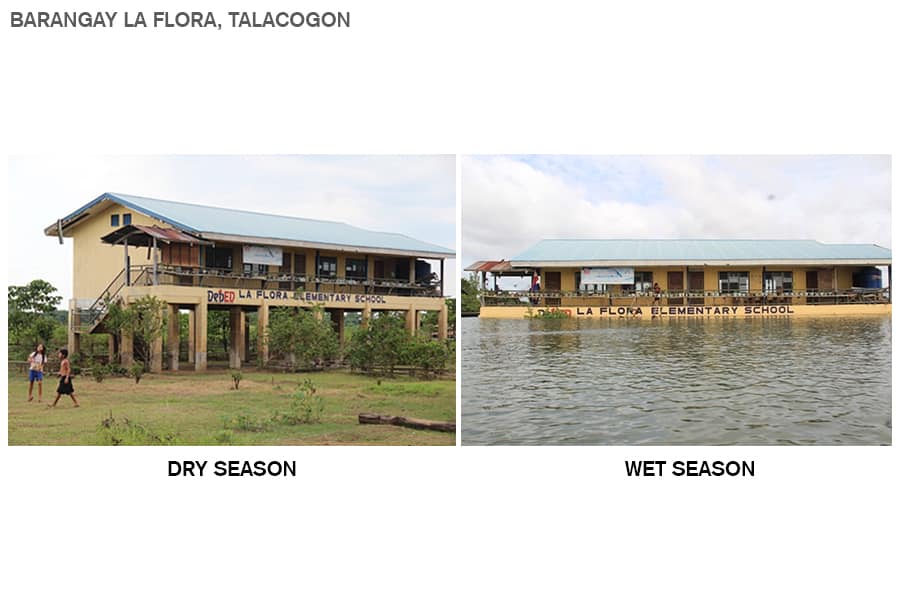Floods are destructive and they can happen anytime and in any region especially when there’s a weather disturbance.
Flooding can cause death, injuries, isolate communities, damage infrastructure, and destroy properties and livelihoods.
Apart from the physical damage, experiencing a flood can be an extremely emotional experience. If you are not prepared for the possibility of a flood, recovery can be slow, stressful, and costly.
While preparing an emergency kit and flood plan can help us survive the effects of a flood, let us consider learning from our own indigenous community, The Manobo Tribe in Mindanao, and see how they manage and mitigate the effects of the flood, all while living in a flood-basin area.
The Manobo Tribe, nestled in the Agusan March Wild Life Sanctuary in Mindanao, thrives in the middle of a lake and a flood basin.
What makes this tribe unique from all the advanced infrastructure in the city is their ability to adapt to the changes in the water.
The Manobo Tribe efficiently manages to respect, learn, and coexist from the changing flood environment they are in, that even after Super Typhoon Pablo, which caused waters to rise by 15 meters, their floating houses still stand tall today.
Adaptation to Nature
The Manobo tribe build rafts underneath their houses and tie them on to the ‘bankal’ trees that grow in the lake, to keep their houses from being washed away by the current all while keeping their houses intact and dry.
Solar panels are also installed on their rooftops since power lines are difficult to reach in the middle of the lake.

The Talacogon community, who prefer a more contemporary structural design, built their houses and schools on standing stilts, high enough so water cannot reach the infrastructure and cause damage to their equipment and documents. | Photo by Gab Mejia
The surrounding communities near the Agusan River, like the Talacogon, who prefer a more contemporary structural design built their houses and schools on standing stilts, high enough so water cannot reach the infrastructure and cause damage to their equipment and documents.
For transportation, their community uses canoes, also known by locals as “barotos,” to travel when the water level rises.
What is even impressive to note, the Agusan Marshlands, despite being the largest wetland in the Philippines, carry all the water from mountain ranges of the Caraga and Compostella region so that no devastating floods will occur when water drains downstream to coastal communities like Butuan City.
It is impressive to note that our own communities are able to manage flooding during unpredictable times. It seems that there is something we can learn from them to avoid disasters like the recent flooding disaster in Luzon.
We should somehow learn how to use their techniques to our advantage and also learn to conserve and protect our environment at the same time.
/bmjo


